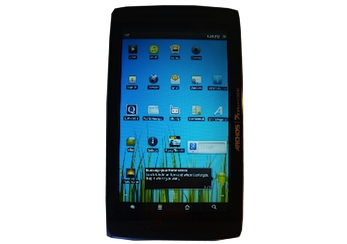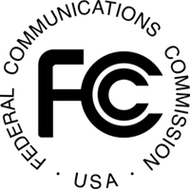One of the corporate blogs I review on occasion is Cisco’s The Platform.
In a post published on Sunday, and in time for the press deluge coming out of the Mobile World Congress in Barcelona, Cisco pre-announced its new “framework” for mobile operators, called MOVE or Monetization, Optimization, and Videoscape Experience.
Run of the mill marketing prose. My attention was instead engaged by a product referred to in some of the MOVE marketing material, Cisco’s ASR 5000 “gateway mutlti-media platform.”
The impressively engineered ASR 5000 could probably stop a Facebook inspired revolution at the speed of a mouse click. And as a propaganda minister, you wouldn’t have to take your country’s Internet off the grid to accomplish this.Continue reading








 Yesterday, Netflix released bandwidth data measuring how well leading ISPs do at transmitting its HD videos to subscribers. All the usual suspects were listed, but it’s interesting, although not altogether surprising, that cable companies grabbed the top spots over the traditional carriers.
Yesterday, Netflix released bandwidth data measuring how well leading ISPs do at transmitting its HD videos to subscribers. All the usual suspects were listed, but it’s interesting, although not altogether surprising, that cable companies grabbed the top spots over the traditional carriers.
 Ubiquisys, a startup backed by Google, lays claim to “the words’ first attocell—a personal femtocell.”
Ubiquisys, a startup backed by Google, lays claim to “the words’ first attocell—a personal femtocell.”
 After burning off my holiday calories shoveling out of Snowmageddon 2010, I was ready to settle down with a good book and a flagon of mulled cider. Perhaps I was still looking for more Sisyphean exercises, so instead of Harry Potter, I reached for my MacBook and downloaded the FCC’s complete Report and Order in the Matter of Preserving the Open Internet, otherwise known as the Net Neutrality rules.
After burning off my holiday calories shoveling out of Snowmageddon 2010, I was ready to settle down with a good book and a flagon of mulled cider. Perhaps I was still looking for more Sisyphean exercises, so instead of Harry Potter, I reached for my MacBook and downloaded the FCC’s complete Report and Order in the Matter of Preserving the Open Internet, otherwise known as the Net Neutrality rules.


 In case you weren’t at the Web 2.0 Summit earlier this month to hear FCC Chairman Genachowski, O’Reilly has published the interview on YouTube. My Google Reader had already bombarded me with excerpts of Genachowski’s remarks (“net neutrality will happen”) and his unhappiness with the Google-Verizon proposal.
In case you weren’t at the Web 2.0 Summit earlier this month to hear FCC Chairman Genachowski, O’Reilly has published the interview on YouTube. My Google Reader had already bombarded me with excerpts of Genachowski’s remarks (“net neutrality will happen”) and his unhappiness with the Google-Verizon proposal.